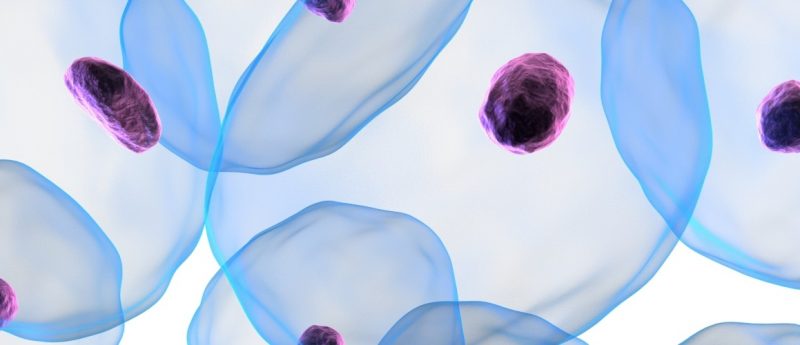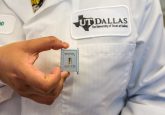Novel inertial microfluidic device could enhance sorting and purification of cells

A team of researchers from the University of Cincinnati (OH, USA) have developed a new microfluidic device that enables automatic double extraction and purification of target cells. The new technology was described in a recent issue of Technology and could become a vital tool in cellular sample preparation in biomedical research and clinical diagnostics.
Based on a combination of the principles of fluid inertia and microscale vortices, the novel microfluidic device is able to simultaneously sort target cells and remove background cells automatically and continuously, resulting in highly purified target cells.
Producing high-purity cellular samples is a difficult but crucial preparation step in biomedical research and clinical diagnostics. When there is a larger presence of background cells in a sample alongside a small sample number of target cells, this becomes even more difficult to achieve.
“Microfluidics has been an enabling technology in recent two decades. The development in this field led to a large numbers of fascinating tools for a wide range of applications, including molecular biology, cell biology, and clinical diagnostics. Our microfluidic device is able to sort cells label-free, based on their size, continuously and automatically.
“The unique feature of this device is that it can isolate and extract larger target cells, while eliminating nearly all nontarget cells and yielding highly purified cells of interest. This purified cellular sample is beneficial for downstream biomedical research and diagnostics,” commented the principal investigator of the study, Ian Papautsky of the University of Cincinnati.
Utilizing a microscale chamber with three passages, the device is based on utilizing fluid inertia force in microscale channels to organize cells into highly ordered streaks. Microscale vortices generated from the chamber enable careful removal of target cells from the sample via two outlets.
A third passage is harnessed to collect the remaining background cells. To ensure high purification of the sample, a second pair of microchambers functions as a double sorting process resulting in a highly purified target cell sample.
The team demonstrated the effectiveness of the device in the sorting of human cancer stem-like cells that were spiked into a human blood sample – these were sorted with > 90% efficiency and the method achieved > 1500 x enhanced purity. They were also able to achieve > 99.97% efficiency in removing red blood cells from the samples.
“The double sorting and purification functionality is unique, but this is not the only exciting aspect of this device,” remarked Xiao Wang, lead author of the paper also of the University of Cincinnati.
“Cellular samples contain cells of different size. Thus, flexibility of tuning the sorting and extraction cut-offs is critical for maintaining performance. For most of today’s microfluidic devices, the sorting cut-off is modified by redesigning and refabricating the device. This leads to longer development time, higher cost, and possibly delays in processing of time-sensitive biological samples. In our device, we are able to tune the sorting cutoff diameter by simply changing the input flow rate or by modifying the fluidic resistance without the burden of re-designing and re-fabricating the entire device,” he added.
Although existing microfluidic devices have an adequate sorting efficiency of >95%, this is usually not enough to acquire highly purified target cells from a sample containing higher concentrations of nontarget cells.
The team are currently working on further advancing the capabilities of the device and increasing its function to various other clinical and research applications.
“Similar to integrating transistors into an integrated circuit, the vortex sorter is a building block that can potentially be integrated into more sophisticated fluidic networks to provide more complex cell sorting functions,” commented Wang. “We hope this integrated vortex sorting platform can ultimately become a versatile and reliable tool for cell sorting applications.”
Sources: Wang X, Yang X, Papautsky I. An integrated inertial microfluidic vortex sorter for tunable sorting and purification of cells. Technology. Doi: http://dx.doi.org/10.1142/S2339547816400112 (2016); An integrated inertial microfluidic vortex sorter for tunable sorting and purification of cells.






